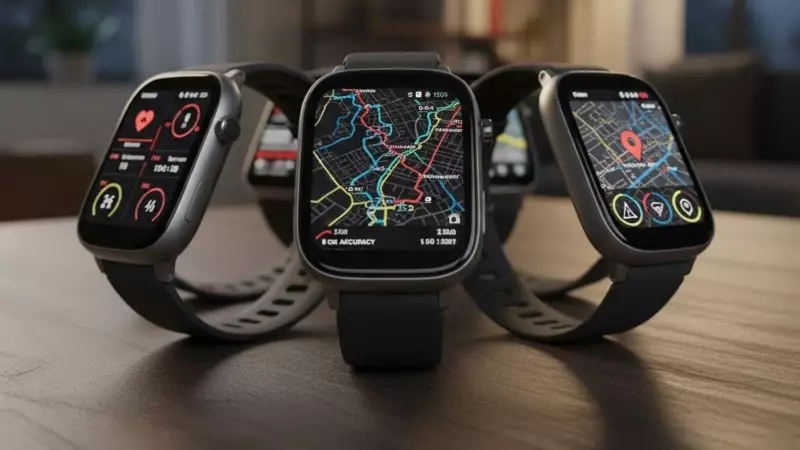
The wearable technology landscape is undergoing a seismic shift, with next-generation devices promising tracking accuracy that borders on medical-grade precision. Advanced sensors and sophisticated artificial intelligence are transforming how Indians monitor their health and fitness metrics.
The Accuracy Revolution
Modern wearables are moving beyond basic step counting to offer professional-level monitoring capabilities. These devices now incorporate multiple sensors working in tandem, including advanced optical heart rate monitors, SpO2 sensors, and even electrodermal activity sensors that can measure stress levels with remarkable precision.
The integration of AI algorithms has been particularly transformative. These intelligent systems can now distinguish between different types of physical activities automatically, recognize sleep patterns with greater accuracy, and provide personalized health insights that were previously available only through specialized medical equipment.
The Battery Conundrum
However, this leap in functionality comes with significant power consumption challenges. As devices pack more sensors and processing capabilities, battery life has emerged as a critical bottleneck. Many advanced wearables struggle to maintain their promised accuracy while delivering reasonable battery performance.
Indian consumers, who often prioritize long battery life due to frequent power fluctuations and travel needs, find themselves at a crossroads. The choice between cutting-edge features and extended usage has become increasingly difficult as manufacturers balance technological advancement with practical usability.
Pricing Pressures in the Indian Market
The financial aspect presents another major consideration. Next-generation wearables with advanced tracking capabilities typically command premium price points, placing them beyond the reach of many budget-conscious Indian consumers. This creates a significant adoption barrier in a market known for its price sensitivity.
Industry analysts suggest that manufacturers face the dual challenge of reducing production costs while maintaining technological superiority. The solution may lie in developing region-specific models that offer core advanced features at more accessible price points.
The Future of Wearables in India
Despite these challenges, the trajectory for wearable technology in India remains strongly positive. As manufacturing scales and technology matures, prices are expected to gradually become more accessible to the broader market. Simultaneously, battery technology continues to evolve, promising better efficiency in future iterations.
The Indian wearable market stands at an interesting juncture, where technological capability must eventually meet consumer expectations around affordability and convenience. The manufacturers who successfully navigate this balance will likely dominate the next chapter of India's wearable revolution.





